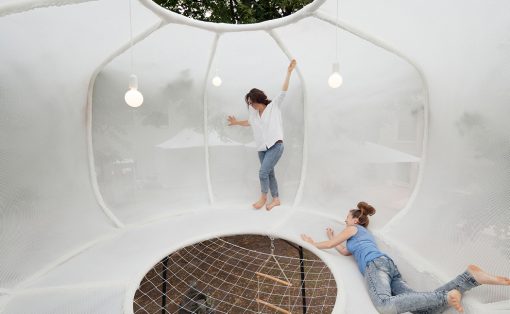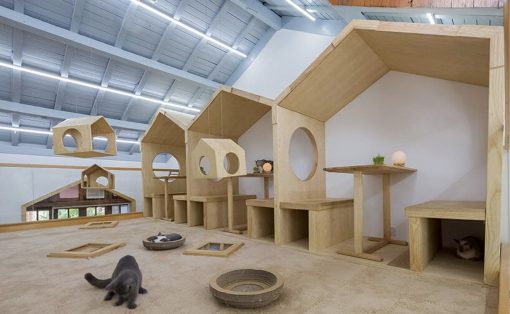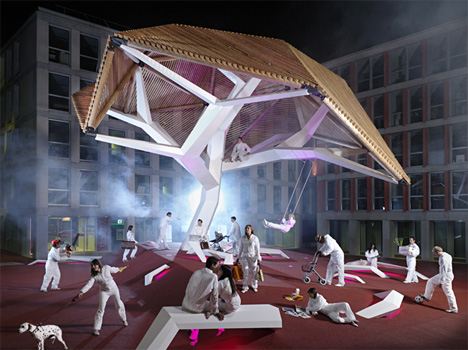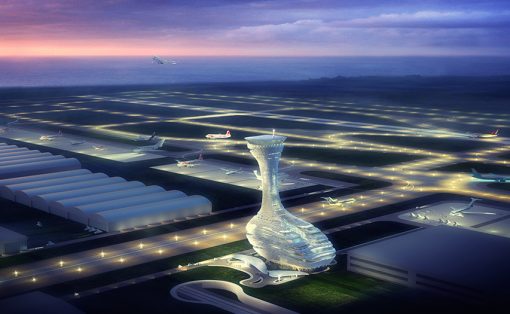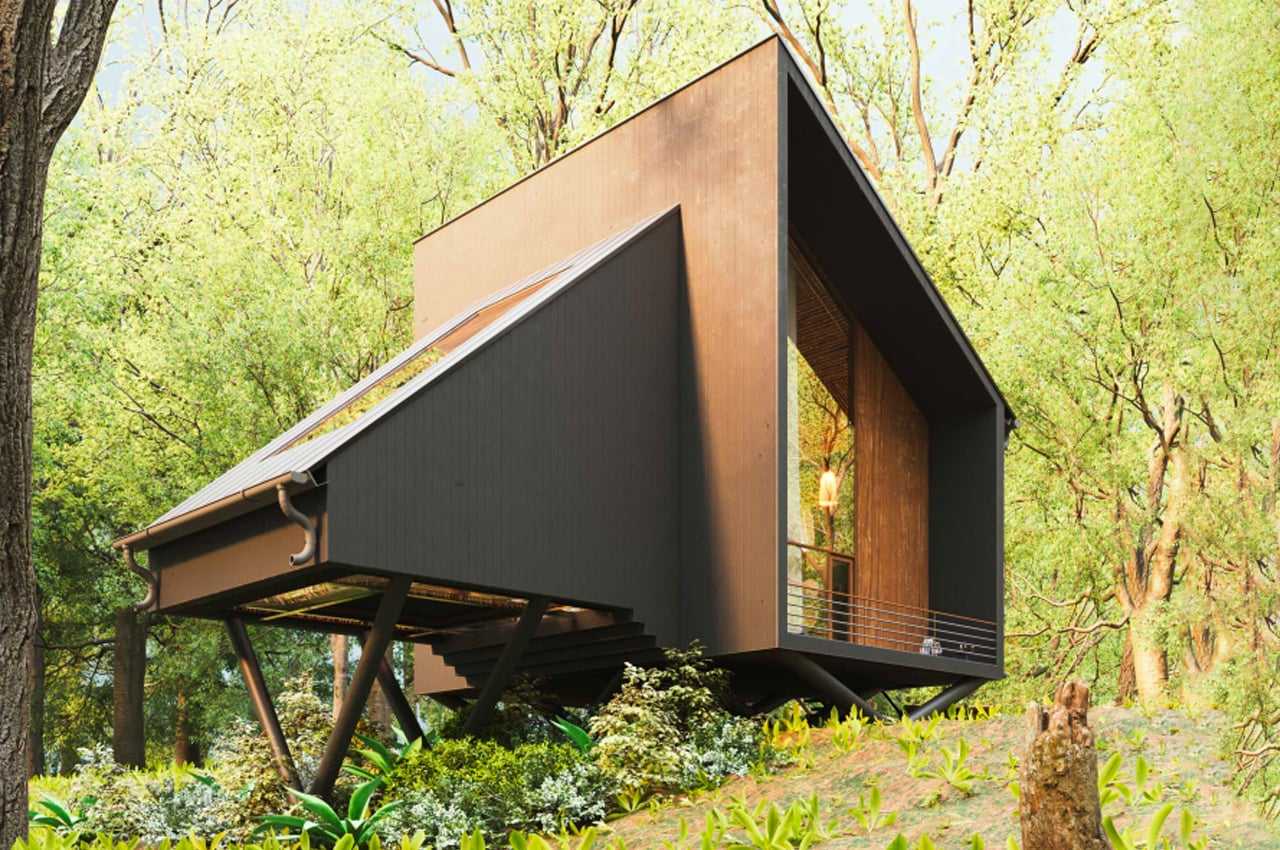
From quaint wooden cabins to floating mansions – the world of architecture is always thriving and evolving! It is anything, but boring. The scope of architectural structures today is unlimited, and it’s evident in the arsenal of builds we featured on YD, in the month of May! From the Tesla of prefabricated homes to a breathtaking observation deck designed to look like a moose head – we were delighted by the influx and variety of designs we got to witness, and present to you guys! And, we’ve curated the best of the lot for you! These mesmerizing designs will challenge what you believe are the boundaries and norms of modern-day architecture, widening not only your vision for it but also providing you with massive inspiration. Enjoy!
1. The Slope House
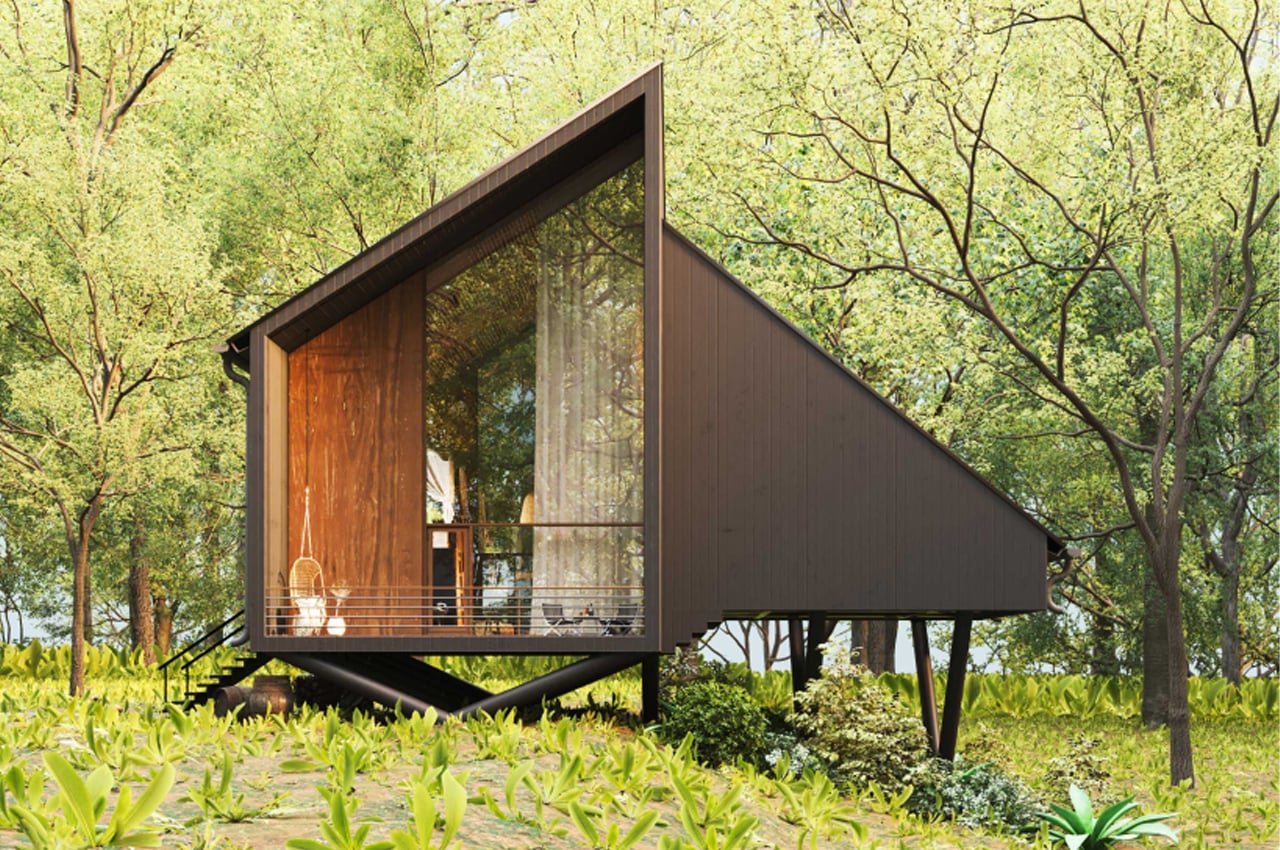
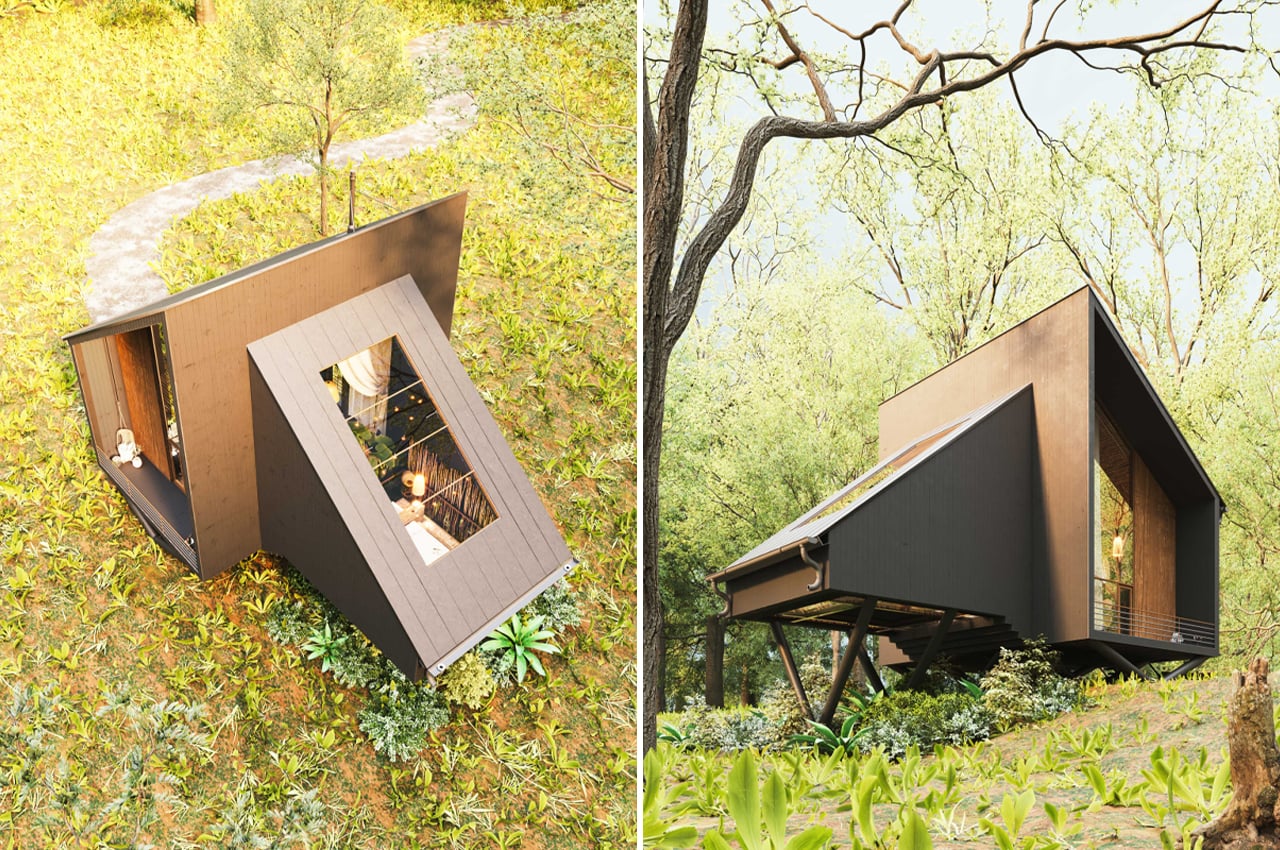
The Slope House from the 3D visualizer Milad Eshtiyaghi is an untraditional A-frame cabin that employs biophilic design inside and out. 3D visualizer and international architect Milad Eshtiyaghi has long been drawn to escapist hideaways perched on rugged, seaside cliffs and isolated cabins envisioned beneath the Northern Lights. Today, he turns his gaze to tiny cabins. A bit more quaint than treacherous, Eshtiyaghi’s latest 3D visualization finds an angular, timber cabin nestled atop an idyllic hillside somewhere in the rainforests of Brazil.
Why is it noteworthy?
Dubbed the Slope House, the timber cabin maintains a signature triangular frame that’s a thoughtful twist on the conventional A-frame cabin. Defined by two modules, one internal volume hosts the cabin’s bedroom while the other keeps the home’s main living spaces, like the dining area, kitchen, and den. The tiny cabin from Eshtiyaghi is envisioned propped atop a truss system that was specifically chosen to minimize the home’s impact on the preexisting landscape.
What we like
- A biophilic design style has been integrated into the cabin’s interior spaces
- Natural plants have been added inside the house as a small garden
What we dislike
- The theme and form of the home may be a bit too eccentric for some
2. OM-1


Don’t you just wish sometimes that you could “build” a house online and then order it just the way you like it? Well, now you actually can to some extent as a company called Dimensions X is aiming to be the Tesla of prefabricated homes. Plus, just like the environmentally friendly car company whose model they are following, the houses they will be offering homes that are energy efficient and will offer less carbon footprint.
Why is it noteworthy?
Australian entrepreneur Oscar Martin partnered with architect Peter Stutchbury to create a company that can offer people their prefabricated homes with a few clicks on their website. The process isn’t yet as simple as ordering a Tesla but they do have an online configurator that will tell you how much it will cost you as soon as you build your prefab home and make certain changes to it. There are modules and elements that you can modify to make it your own.
What we like
- An energy-efficient home with a small carbon footprint
- You can choose things like the length and size of the entire house as well as placements of doors and windows, finishes, orientations, and other elements that you can personalize
What we dislike
- No complaints!
3. ArkHaus


ArkHaus is a livable, multi-story luxury yacht that will be floating in Miami’s Biscayne Bay.
Why is it noteworthy?
It is the first solar-powered floating mansion with solar awnings paired with electric propulsion and also has a rainwater harvesting system to make it a sustainable, 4,350-square feet yacht. The materials used to build it are probably not that eco-friendly so we can’t really call it a green floating house.
What we like
- Solar-powered + sustainable mansion
- Looks like it’s really floating on the water but it actually has four hydraulic spuds that raise it out of the water so it will still be stable and not be impacted so much by the wave
What we dislike
- No complaints!
4. Under
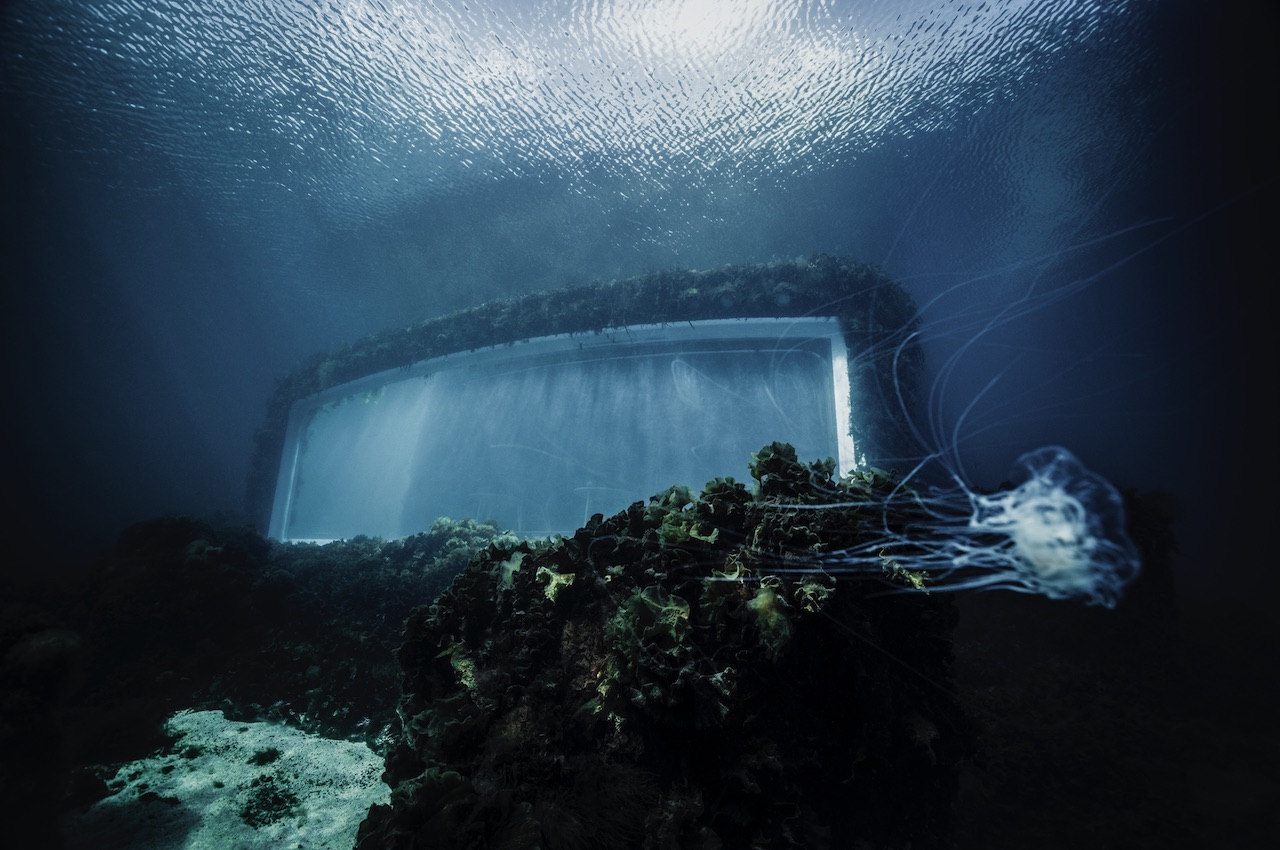
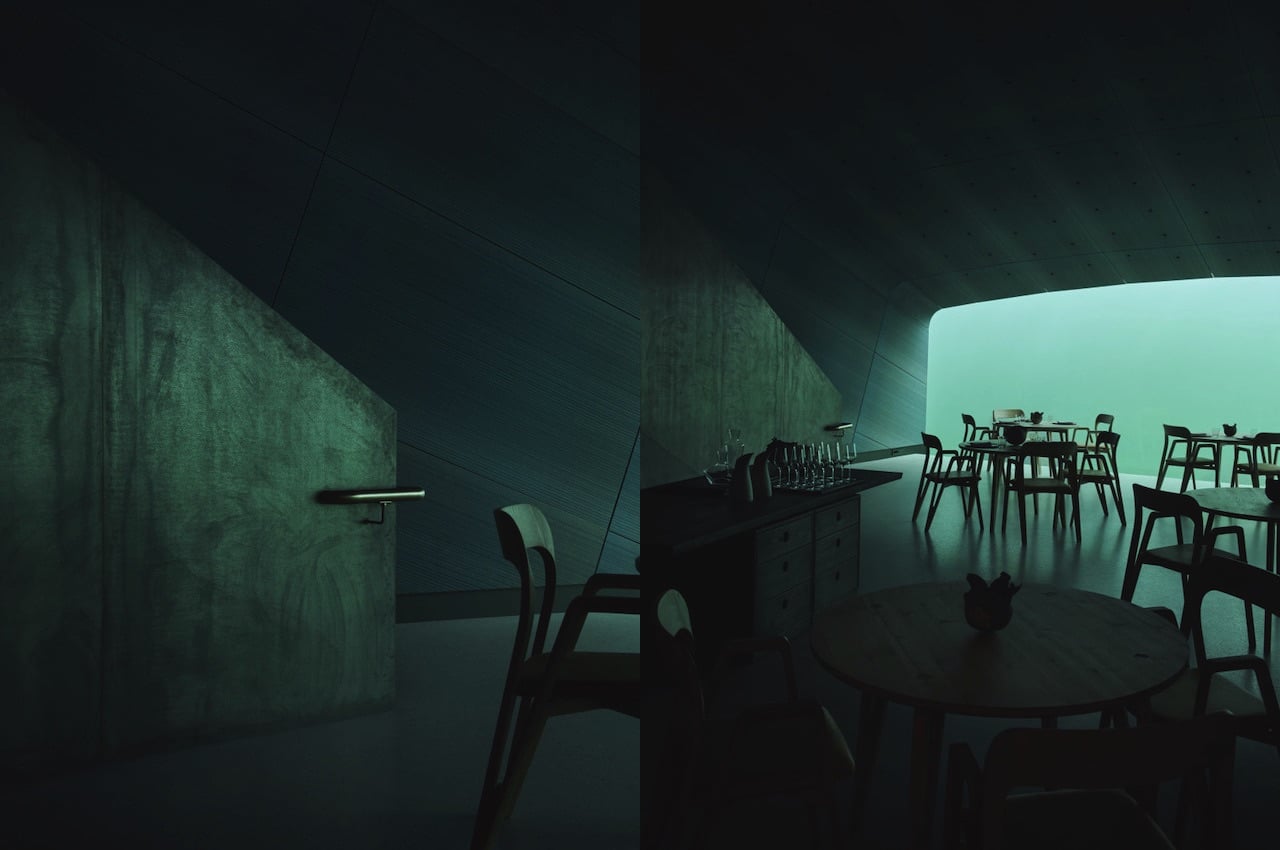
Aptly named “Under” for obvious reasons, this one-of-a-kind restaurant is something that can beat Krusty Krab. Of course, there’s really no such thing, but fans of the cartoon show will probably remember the fictional fast-food restaurant when they first learn about Under.
Why is it noteworthy?
This one aims to fully integrate the structure into a marine environment, and over time, we know it will happen, and there will be a generation that won’t notice it’s man-made. Designed by Norweigan architectural and design firm Snøhetta , the Under restaurant is made to provide an extraordinary experience to the diners and guests.
What we like
- It boasts a large eleven-meter-wide and 3.4-meter-tall horizontal window where diners can enjoy the beautiful panoramic view of the seabed
What we dislike
- No complaints!
5. Jacobschang Architecture’s tree house


This minimalist 360-square-foot cabin is supported by the trees surrounding it and was constructed using a minimal budget and with most of the work to be done above ground. The most expensive part of the structure is the three 8×8 steel-tube pivot doors which were actually created off-site and installed together with dual-insulated glass panels.
Why is it noteworthy?
The framing of the cabin uses standard nominal lumber, while the perimeter uses engineered wood beams. In order to balance the house on the upslope corners and between the two trees, they used Sonotube footings and Garnier Limbs to distribute the weight of the entire structure. Although some of the eastern pines were cut down, they were used to create the exterior and interior boards of the treehouse after they were milled and kiln-dried.
What we like
- The exterior boards are coated with Scandinavian pine tar to give them extra protection
- Let’s you relive your childhood dream of having a treehouse
What we dislike
- You can’t live there for a long period of time
6. Alaska Moose Observation Desk
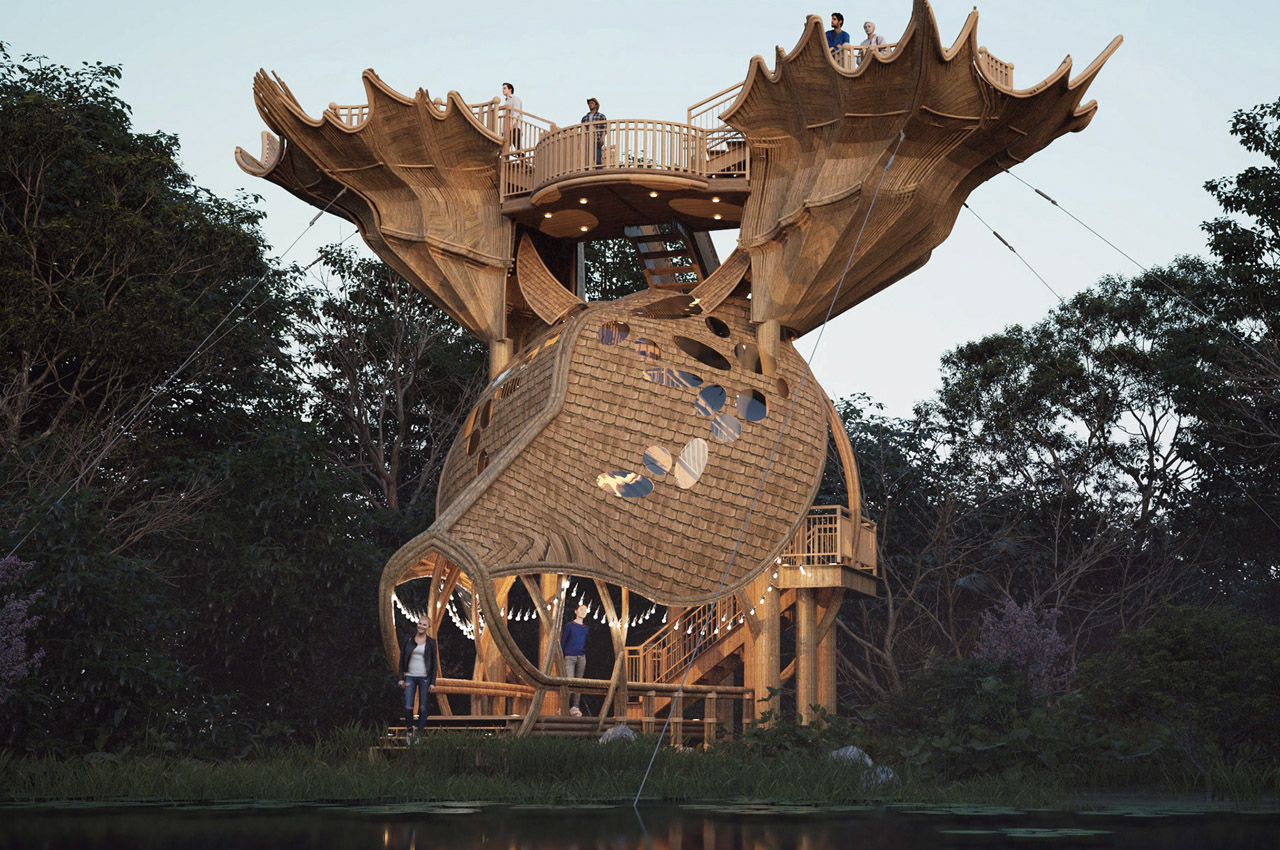
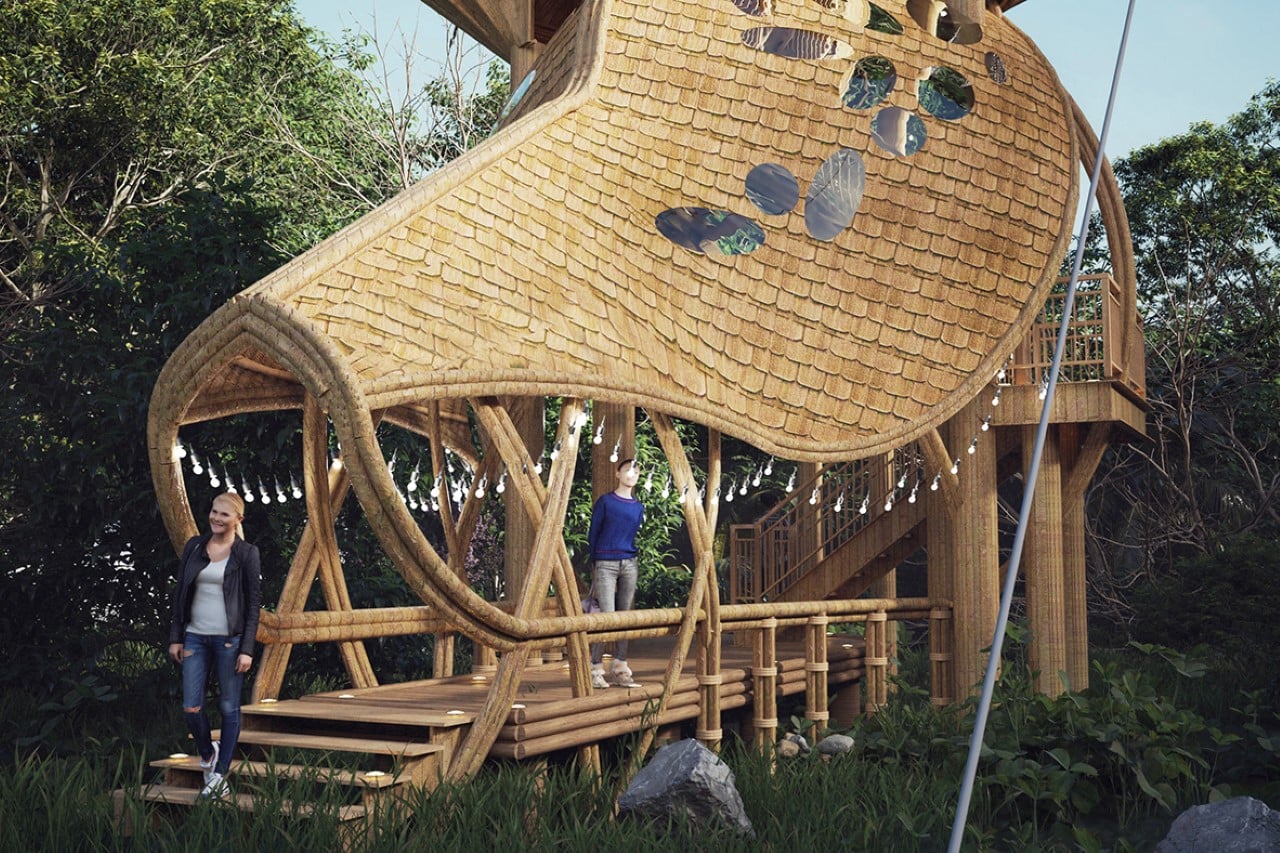
With the moose’s antlers providing the perfect platform for people to perch on as they safely observe nature, Thilina Liyanage’s Alaska Moose Observation Deck is a wonderful example of nature-inspired design at its best.
Why is it noteworthy?
Liyanage is no stranger to biomimicry and design. The Sri Lankan designer has worked extensively on architectural projects that directly and indirectly interpret natural cues. The Alaska Moose Observation Deck assumes the shape of a moose-head, with the face providing a unique facade that has a staircase within it, leading up to the two elevated decks. The decks sit atop the moose’s horns, offering a stunning view of the forest up ahead, while at the same time being an incredibly eye-catching and iconic piece of architecture even when viewed down from below.
What we like
- The deck offers a stellar, panoramic view of the forest it’s situated in
- Shaped like a massive moose head
What we dislike
- No complaints!
7. Air Bee & Bee


Cutely called Air Bee & Bee (and listed on Air BnB), the house, or more specifically, the self-standing room, is located on an olive farm in a village called Grottole. The room fits two people, and the house itself has an exterior that looks like a honeycomb.
Why is it noteworthy?
Aside from just having a bee theme, there are actually nine apiaries or beehive boxes surrounding you. There is even one of those boxes hanging from the ceiling near your bed. So if you’re a bit scared of bees, then this is definitely not somewhere you should go to.
What we like
- To give you the complete bee experience, the owner, who is also the beekeeper, will give you lessons about the importance of bees
- The goal, aside from having a cool Air BnB listing, is to spread more awareness about bees
What we dislike
- No complaints!
8. Tiny Apartment


These architects who co-founded Miogui Architects were able to do something extraordinary for one of their client’s small apartments.
Why is it noteworthy?
They wanted to start from scratch for this project since the 141-square foot apartment was pretty shabby and cramped. The secret to making this not just livable but a showcase for design ingenuity is playing around with colors, geometric shapes, materials, and even the overall functionality of some parts of the house. They focused on transforming some of the most commonly used spaces in the house: the kitchen and living area. The bathroom also gets a unique transformation in this redesigned apartment.
What we like
- A tiny apartment has been transformed into a bigger + more colorful space
- Extra attention was paid to the bathroom
What we dislike
- No complaints!
9. The Beach Cabin
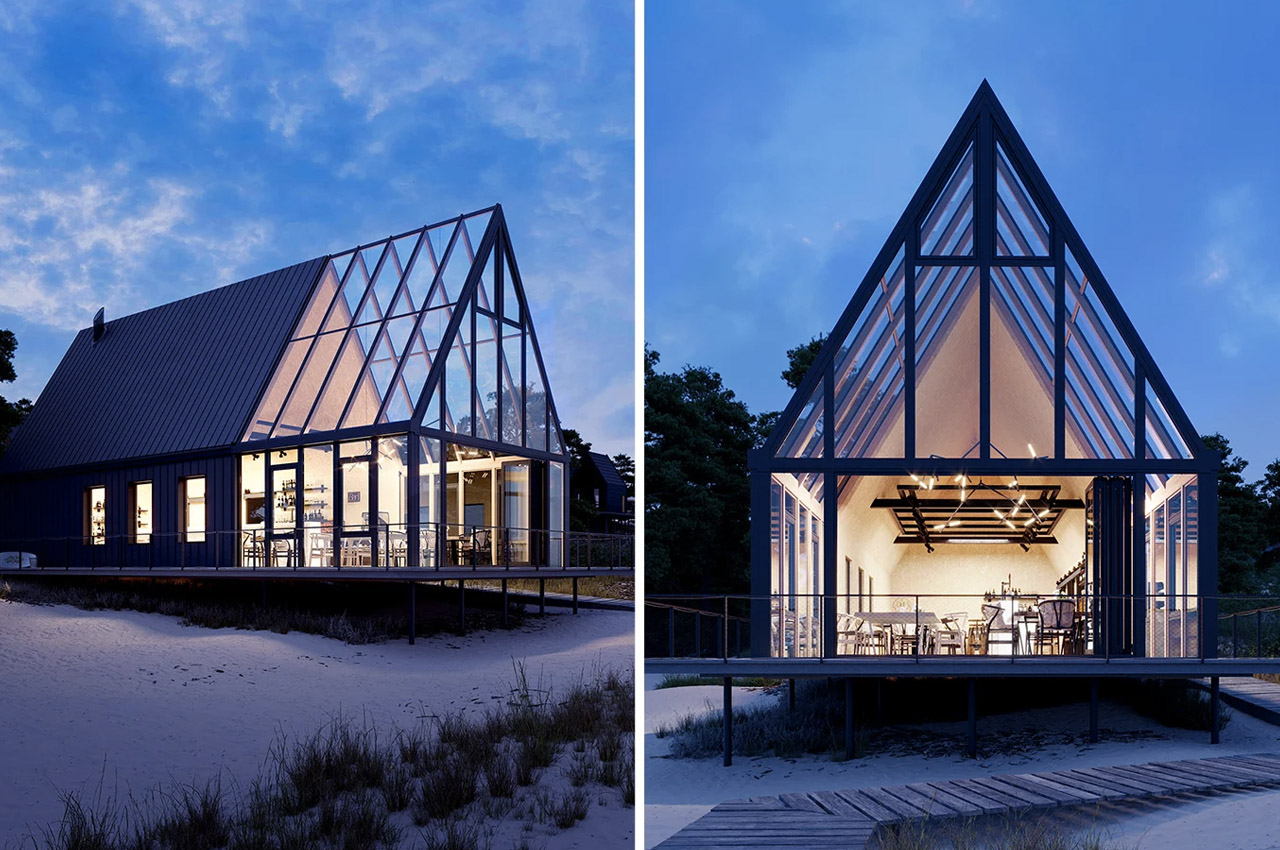
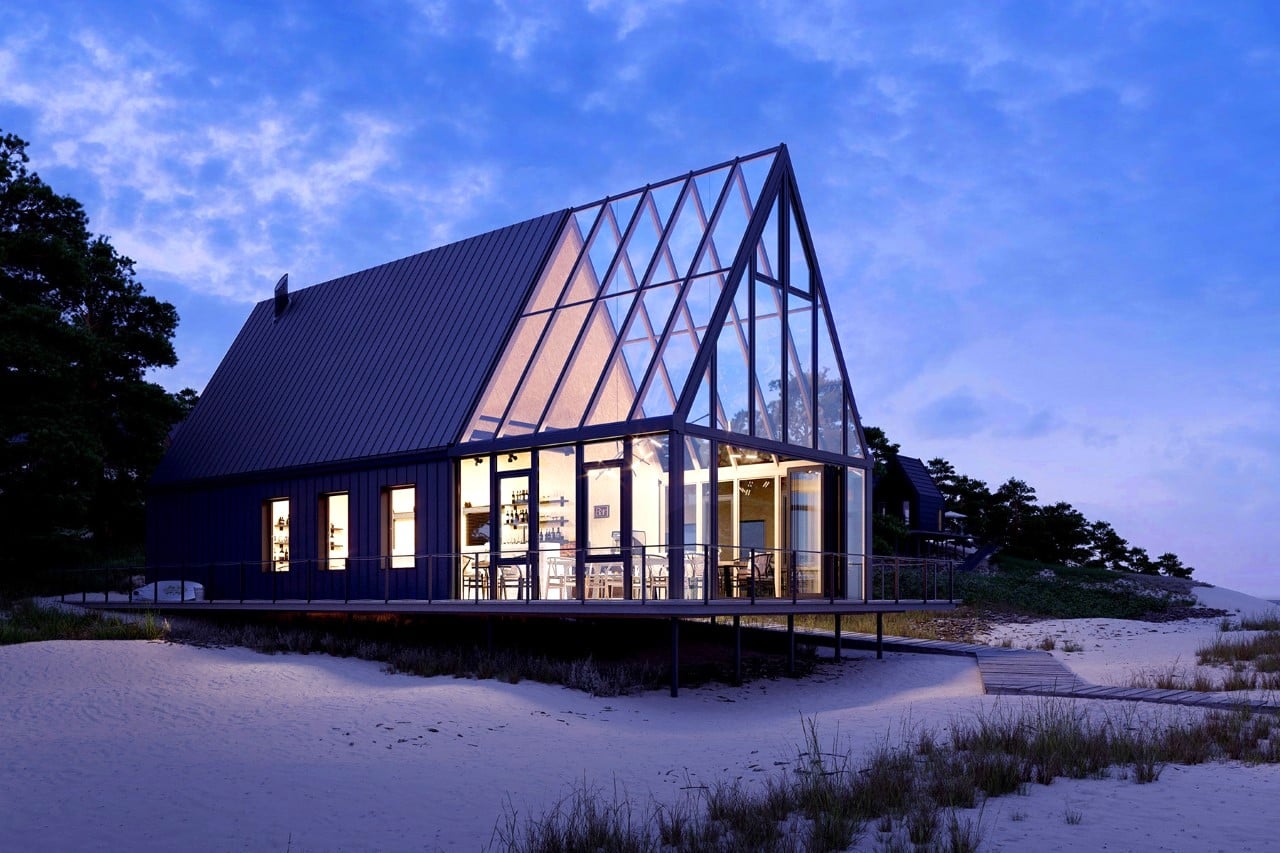
Part cabin part conservatory, the Beach Cabin on the Baltic Sea by Peter Kuczia offers the most stunning panoramic views of the beach. This small gastronomy facility located in north Poland near Gdansk boasts of a simple form that fits naturally into the beach environment but stands out thanks to its bold design.
Why is it noteworthy?
The cabin comes in two parts – an enclosed space on the side, and a vast, open living/dining area that provides shelter along with an abundance of natural light. This dining area is further split into two, with one half made in the traditional style of a cabin, while the other half is constructed entirely out of glass. This glass facade gives onlookers an absolutely sublime view of the ocean, the shoreline, and even the sky above!
What we like
- It literally floats above the sand
- Offers the most beautiful panoramic view
What we dislike
- No complaints!
10. The Climber’s Cabin
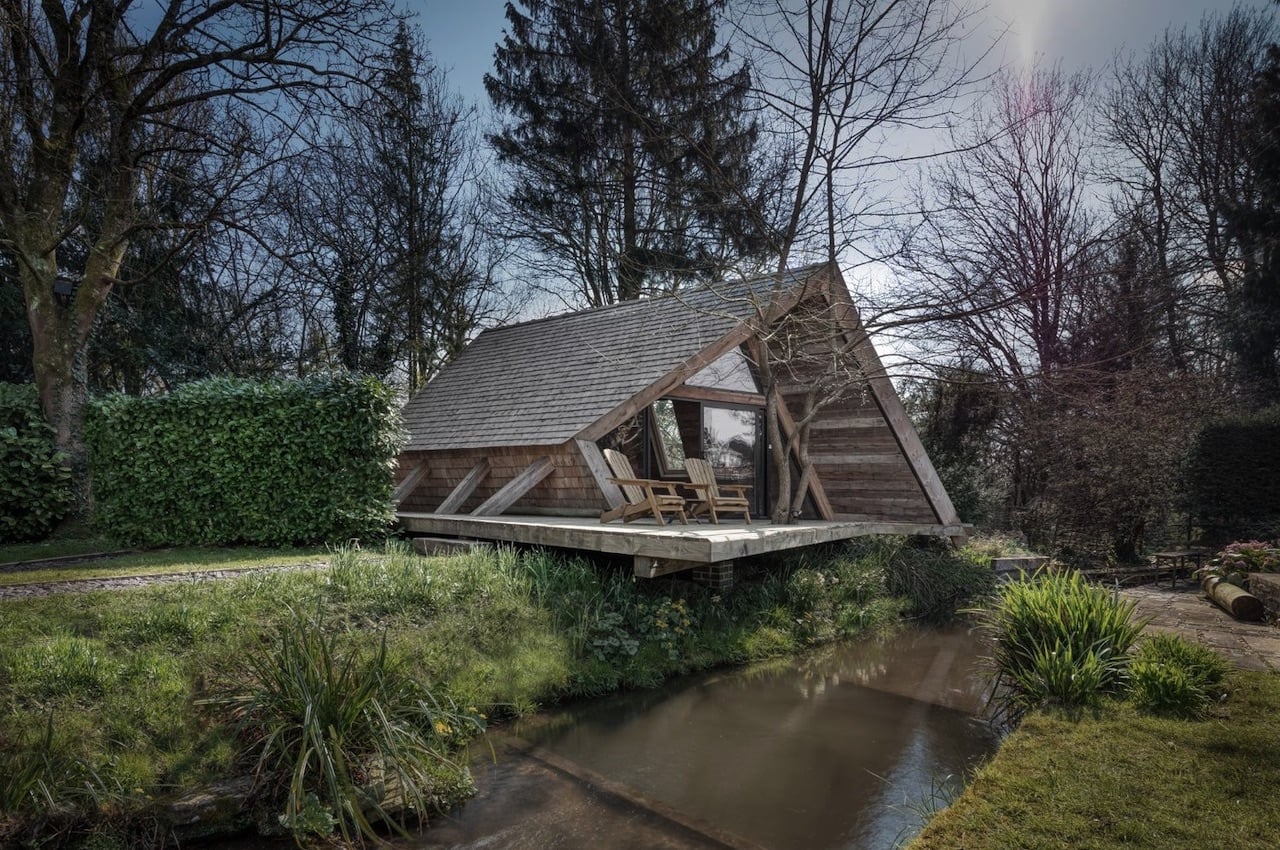
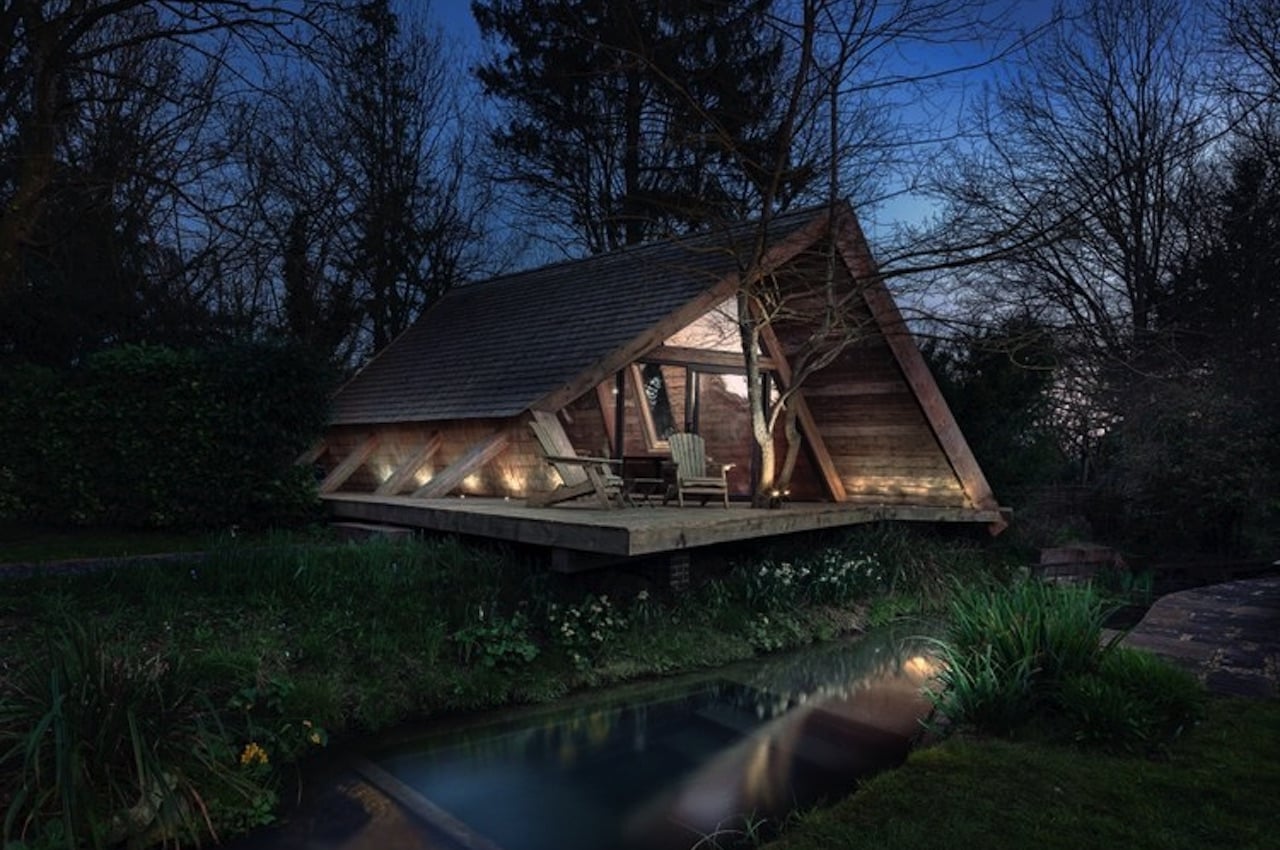
We have seen Several interesting units, but we believe more well-designed cabins will be introduced. The latest on our radar is The Climber’s Cabin by AR Design Studio. As described, its primary purpose is as a space for children and as a guest cabin for when you want to entertain friends and family.
Why is it noteworthy?
The Climber’s Cabin is situated near a stream and a woodland, adding to the adventure experience. The initial plan for the cabin was for it to function as ancillary space for the client’s house. The idea was that the cabin would be built quickly without any complex construction methods. Every step was supposed to be straightforward, so anyone could easily understand and follow. Construction should also be done using sustainable materials sourced locally. The project was actually born during those early months of lockdowns due to the pandemic.
What we like
- The A-shaped roof was optimized to allow a mezzanine
- Inside The Climber’s Cabin, interior finishes are made of used and upcycled boards
What we dislike
- No complaints!



